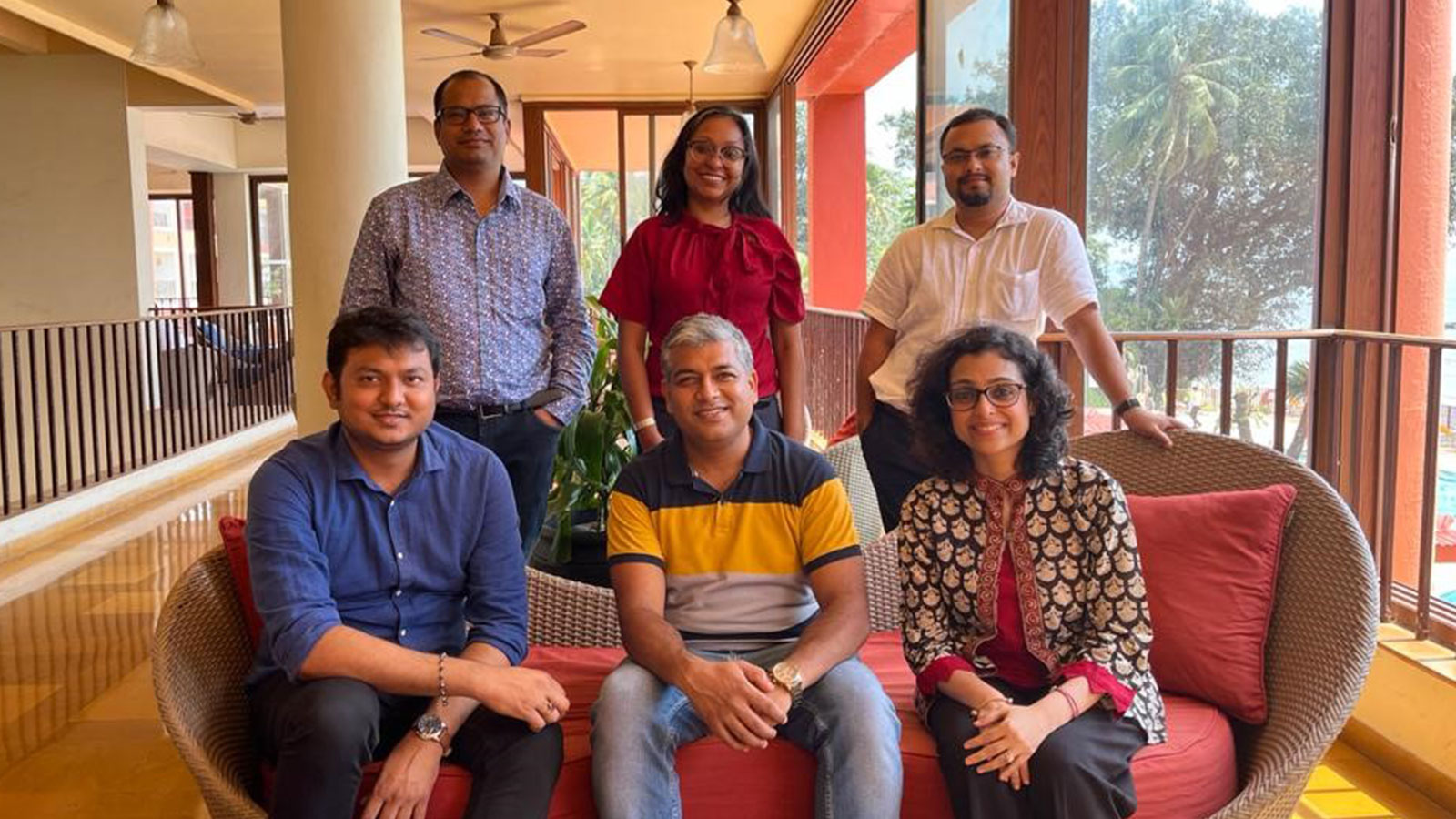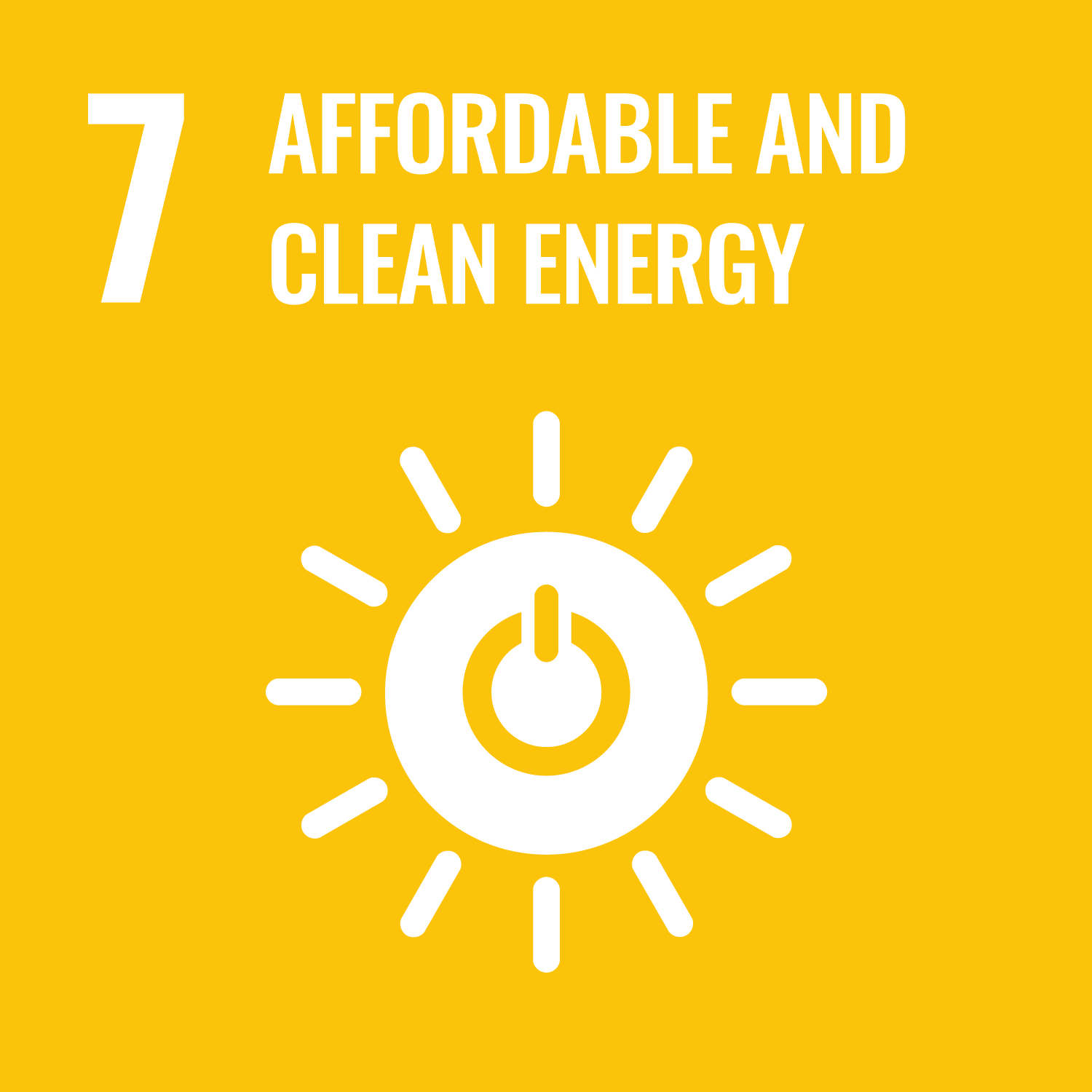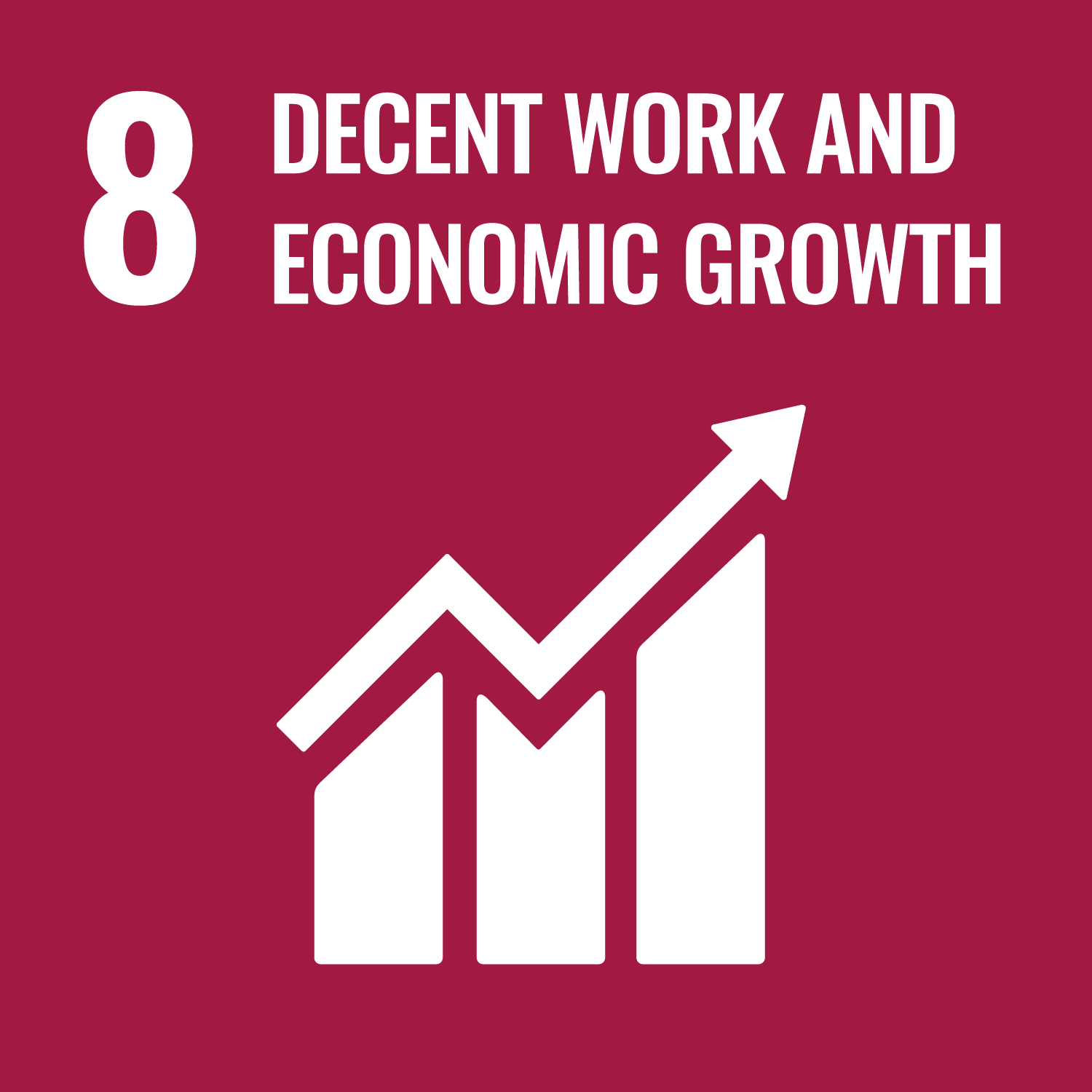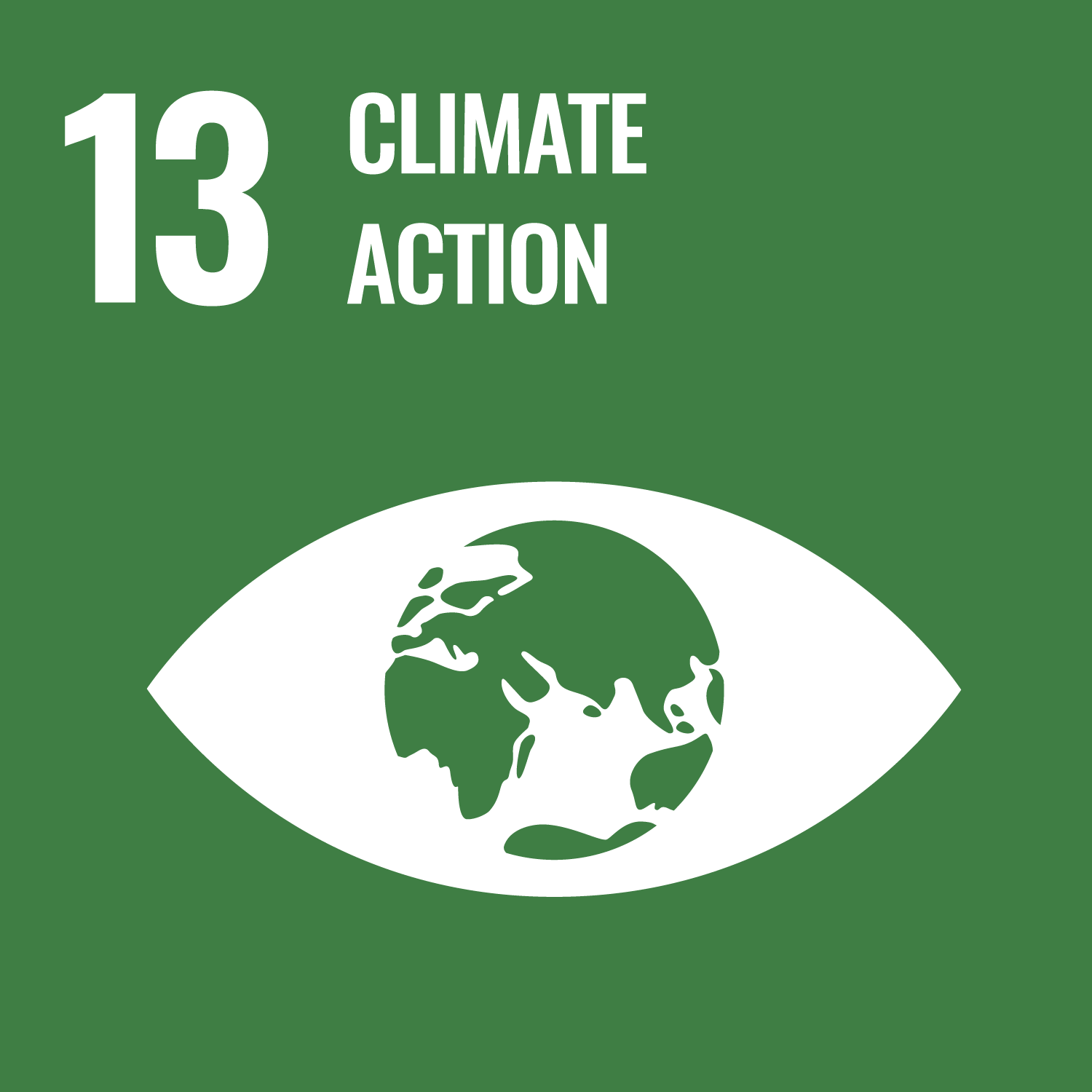Energy Efficiency in Industry and Data
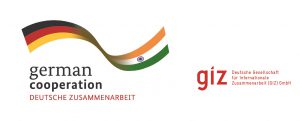
Objectives
India’s demand side energy use is, technically, and economically efficient, as well as socially and ecologically sustainable.
The capacities of companies in the steel and paper sector that do not participate in emissions trading (PAT) to implement energy-efficient technologies and processes are improved.
Description
Deutsche Gesellschaft für Internationale Zusammenarbeit (GIZ) GmbH has been supporting India on its energy front since 1995. The Indo-German Energy Program (IGEN) has committed itself to take this energy agenda forward, focusing primarily on the Perform, Achieve, Trade (PAT) scheme, which has led to huge reductions in CO2 emissions and the use of coal.
Companies that do not participate in the PAT scheme have limited knowledge about the latest energy-efficient technologies. They also often do not have the capacity to evaluate their effectiveness and profitability, which is important when making investment decisions.
The “Energy Efficiency in Industry & Data” project seeks to build the capacity of the non-PAT industries in India’s secondary steel and pulp and paper sectors to implement energy-efficiency measures.
This will help boost India’s contributions to goals set down in the National Strategic Plan for Energy Efficiency and the Nationally Determined Contributions (reduction of CO2 emissions in the energy sector by 858 million tonnes, 50 per cent of which come from increased energy efficiency, and reduction of CO2 intensity by 33 to 35 per cent).
Approach/Field of intervention
The projects aims to strengthen the capacity of selected State Designated Agencies (SDA) to promote energy efficiency in non-PAT industries by analyzing barriers and challenges. It focuses on developing an SDA service portfolio for industry and small & medium-sized enterprises, as well as a communication and outreach strategy.
- Non-PAT industries will gain access to information on key energy-efficiency processes and technologies, as the project sets benchmarks for key energy-intensive processes. Technology provider databases will be used to this end. Further information and knowledge will be provided to non-PAT industries by highlighting key processes and technologies using feasibility studies and demonstration projects. In addition, knowledge products will be made available on an energy-efficiency web platform and in workshops and training courses.
- Peer-to-peer learning among SDAs and non-PAT industry clusters is being institutionalized. This includes establishing exchange formats for peer-to-peer learning among SDAs (including a long-term strategy), developing peer-to-peer training modules, and showcasing demonstration projects from advanced non-PAT industries. The project also shares experience gained from implementation and operation practices among non-PAT industry clusters.
- A national-level dialogue on energy efficiency in the steel and pulp and paper sectors between policy-makers, research institutes and business associations has been established by setting up national roundtables and by providing study tours to inform key stakeholders about international good practices and national achievements. Cooperation with policy-makers to further improve the overall regulatory framework for energy efficiency is being pursued.
Targeted beneficiaries
State Designated Agencies (SDAs); MSME; Industry associations; Non-PAT Industries (Sec. Steel & Pulp & Paper)
Highlight activities /Achievements
- PAT(I&II) Outcome: Emission reduction: 92.34 million tonnes of CO2 & Energy savings: 21.95 mtoe further envisaged in Non-PAT Sectors
Publications/Knowledge Products
Video
COUNTRY
ASIA , Pacific Islands
DURATION
October 2020 - February 2025
